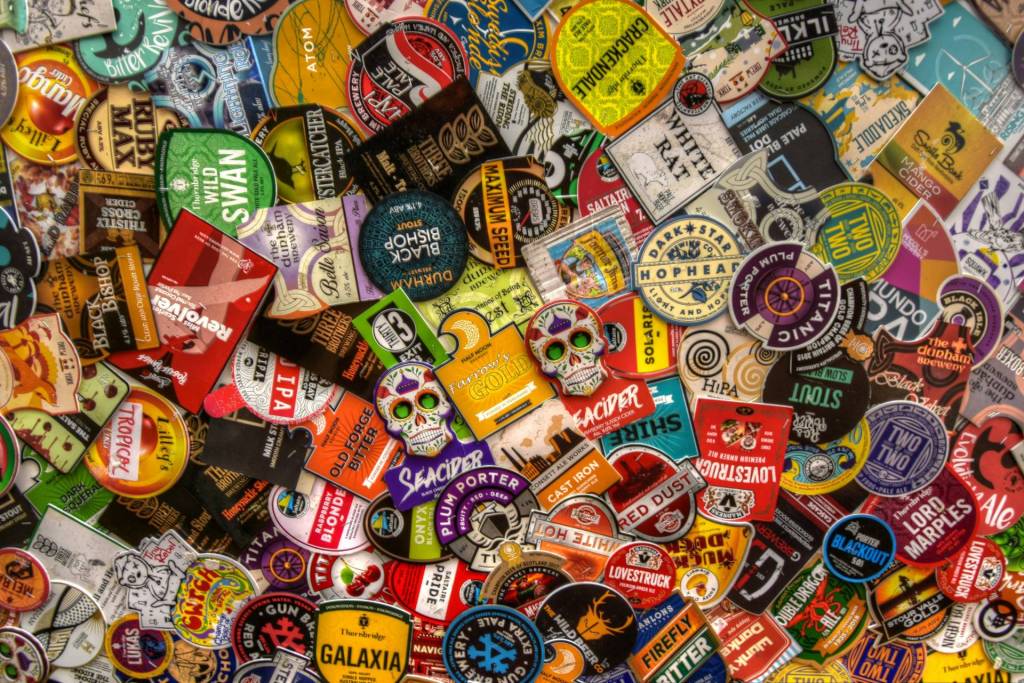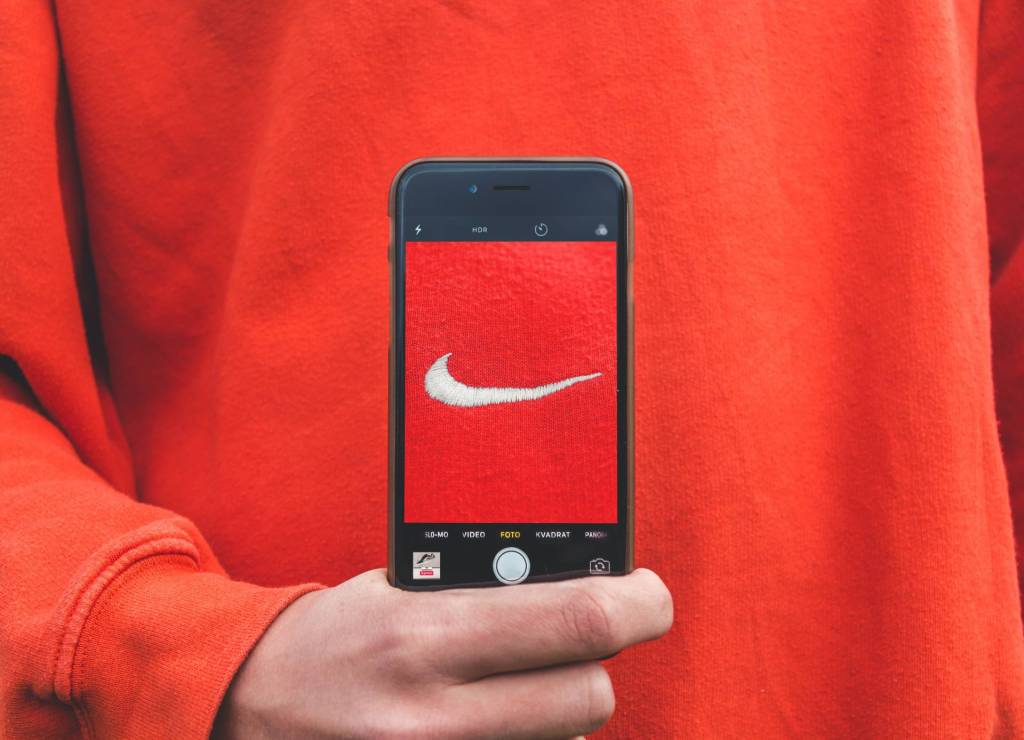Today, I spoke to David Brier, who is a award-winning brand identity designer, author and branding expert. He is the author of Defying Gravity and Rising Above the Noise. In this interview, David talks about brand identity for people and companies, logo’s and slogan’s, and more.
What goes into a corporate brand identity? Would this be similar for a personal brand?
The basics of “a brand” are largely misunderstood. While aesthetics, design and appearance are of considerable and noteworthy importance, a brand has as its primary function, differentiation. Why? Because if everyone is doing this and that in our age of information overload, they all blend into one mass confusion or a sea of noise. My most favorite description is “a sea of sameness.”
Here are some facts: People have less time to absorb more information ever than in history. Each year, 26,000 new products will come out. It was mentioned recently that as many as 50 million tweets were posted in a single day. Just the other day, Google reported that 293 million searches were conducted in a single day. One report stated that a new blog is started every half second.
So with that being the marketplace, one must consider what will be “a brand” that will stand apart from the chaos.
A corporate brand must reflect the company but more importantly, it must 1) be distinct from the competition and 2) resonate with the intended audience. Apple’s iPod which was the 3rd or 4th MP3 became the champion because it tackled both of those points remarkably well. It identified to whom their product would be meaningful: teenagers and those in their 20- and 30-somethings.
The same holds true for a personal brand.
But in the “personal brand” category, I see a lot of people do — who may write well, or have charisma or are passionate — is ignore the power of design and great overall presentation. The great corporate brands, such as Apple, Harley Davidson or Nike (or Martha Stewart for that matte) know the value and importance of design, language, photography, color and all those components that great corporate brand s know. I see these as the most overlooked and abused aspects in personal branding.
I recently wrote an ebook entitled “The Lucky Brand” which covers some of these points in detail.
What’s more important, a logo or a slogan for a brand?
I wouldn’t say either is more important, and I wouldn’t say its a choice. This is like asking, what’s more important, the shirt or the tie? Or the dress or the shoes. I would say it’s the ensemble and how the pieces work together. You could ask yourself, would Apple be where it is today without its world-famous “Think different” campaign? Yet today, you simply see the icon, no words.
Each brand is its own unique vision and creates its own vocabulary. In the 30 years I’ve been creating brands, sometimes one factor is more important and plays a more prominent role than the other.
But both dress a brand up for success.
How has your role as a brand strategist changed in the past decade. What are customers looking for now?
I would say my role has become more comprehensive.
Ten to fifteen years ago, clients would need branding solutions that were more visually based. Today, there’s this other factor: the channel of social media. I stress this as a channel because some clients have come to us passionate over this new strategy: Social media. I then explain social media is not a strategy, it is a channel upon which the right branding and the right messages can be distributed. So, now I merely add that into the mix of our planning and anticipation to make what we create work on those additional channels.
Still, my role is helping the client focus on this: Give me 4-6 reasons their customers should give a damn about their product. Then converting that into something remarkable, captivating, engrossing and exciting. If you don’t have that, you’ll never arrive at that terrific “dialog” everyone talks about having with their customers. Well, it’s hard to have a conversation of you’re invisible.
When a company is seeking your help but they have no differentiation in their market, what questions do you ask?
Ooh, this is like asking the secrets to making a brand kick its competition’s ass. There are some “usual suspects” I seek out.
- Who are the leaders in their industry?
- Do they offer anything exclusive that their competition does not offer?
- I know you’re great, but so is everyone else (the truth hurts, but the competition also think they’re the cat’s meow). So, why should your prospective customer care about what you’re offering?
- What can be done that will set you apart?
- What “the standard” to which everyone operates?
That’s why Dyson was able to put all the other vacuum cleaners to shame because all them grew complacent making incremental improvements, but Dyson rewrote the rule book. Like Apple did with iPhone.
How has social media impacted the brand of your business and yourself?
Social media has been interesting and very beneficial because there’s that much more of a channel of communication to convey what you’re about. It’s also wide open virgin territory, where you can reach the world with greater ease. The trick is having something to say in a unique way.
For example I wrote a book entitled, “Defying Gravity and Rising Above the Noise.” To make that work, my URL is risingabovethenoise.com and my title is Chief Gravity Defyer. That snowballs into a communication that’s more memorable than “brand specialist” or “brand identity expert.” Those would be accurate (with a gazillion others using those same words and titles) but those wouldn’t differentiate. This comes in handy with social media.
I kind of fell into social media. I’m not a first adopter when it comes to technology but when I get on, I start to create wildly. So, now I am an expert blogger on two continents. The US one is on Fast Company magazine. I am the number one submitter of information on about four categories on BusinessWeek’s Business Exchange (I think its Brand Identity, Brand Strategy, Graphic Design). I have a steady stream of business owners who purchase my book and my free ebook, “The Lucky Brand.” I also have had thousands of people view my presentations on Slideshare. So, there are a lot of avenues not including articles you can find. Video will the next area to majorly tackle.
Here’s a great example of the power of social media: I submitted the work we created for one client out of Napa Valley which subsequently got onto about 20+ blogs resulting in their getting inquiries from France to sell their product. Without social media, that would have never happened.
——-
David Brier is a award-winning brand identity designer, author and branding expert. He is the recipient of over 300 industry awards and is the Creative Director of DBD International. He is the author of Defying Gravity and Rising Above the Noise. His firm’s work has won the admiration of peers and organizations but, more importantly, has helped clients jump start their brands in new and innovative ways, even (and especially) when they’ve failed in previous brand makeovers. You can follow him on Twitter here.















